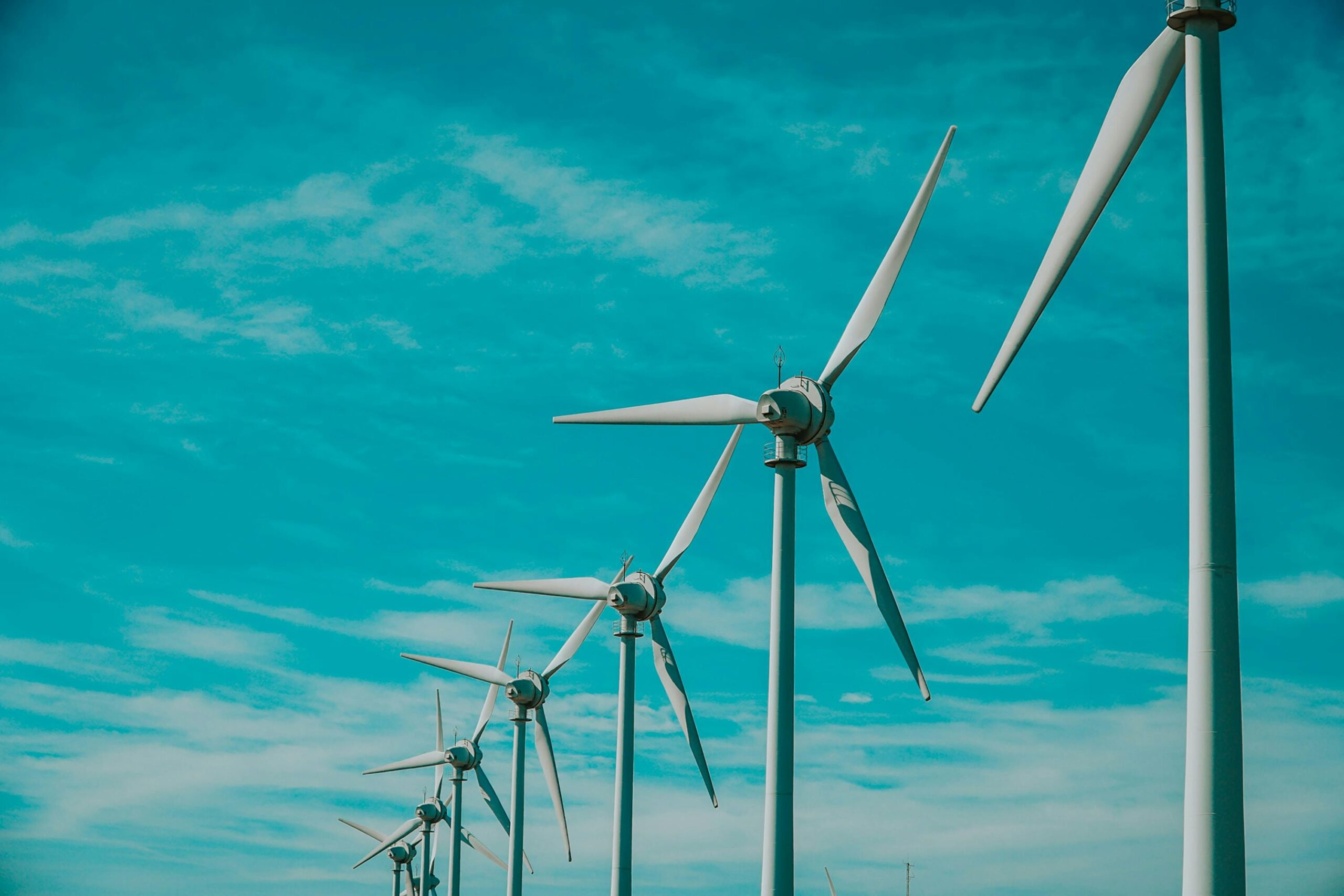Image: Wind turbines – Mert Kahveci
Ireland’s ambitious offshore wind energy targets are under scrutiny as industry leaders express concerns over potential delays and missed objectives. At the recent Wind Energy Ireland (WEI) Offshore Wind Conference held in Dublin on 27th – 28th May, stakeholders highlighted the urgency of governmental action to ensure the country meets its renewable energy commitments.
Offshore wind action plan unveilved
WEI unveiled it’s Offshore Wind Action Plan during the conference, emphasising that Ireland’s offshore wind targets are in serious jeopardy without immediate and decisive government intervention. The plan outlines 24 targeted actions across four key areas: delivering Phase One projects, maximising the South Coast Designated Maritime Area Plan (DMAP), accelerating the National Offshore Renewable Energy (ORE) DMAP, and establishing a long-term framework for future development.
Industry demands urgency
Noel Cunniffe, CEO of WEI, stated, “this plan is about restoring confidence — at home and abroad — in Ireland’s offshore wind potential. We know what needs to be done. The industry stands ready to deliver, but it cannot do so without political urgency and whole-of-government leadership.”
In response, Minister for Climate, Environment, and Energy Darragh O’Brien reaffirmed the government’s commitment to offshore renewable energy in his keynote address at the conference, saying: “this Government sees the transformative potential of Ireland’s offshore renewable sector, and we are taking action to unlock its key potential.” Having previously announced the commencement of work on a new accelerated National DMAP, Minister O’Brien highlighted that the plan would “accelerate the process of site designation for offshore renewable energy and will provide greater certainty for our marine stakeholders and the renewables industry.”
New wind potential identified
Further bolstering Ireland’s offshore wind prospects, a recent assessment by the Department of Environment, Climate, and Communications identified the potential for an additional 3.5 to 18 GW of fixed-bottom offshore wind capacity around the country’s coast. This is in addition to the 8 GW already planned through Phase One projects and the South Coast DMAP. The assessment suggests prioritising fixed-bottom developments in the near term due to their cost-effectiveness, while also exploring the future potential of floating wind technologies.
Despite these advancements, industry experts caution that without swift and comprehensive action, Ireland risks falling short of its 2030 target of 5 GW of offshore wind capacity. Delays in planning approvals, grid connections, and infrastructure development are cited as significant hurdles. WEI’s action plan calls for the removal of these barriers, adequate resourcing, and the creation of a stable investment environment to ensure timely project delivery.
As Ireland stands at a pivotal point in its renewable energy journey, the collaboration between government and industry will be crucial in translating offshore wind potential into tangible outcomes, securing energy independence, and meeting climate objectives.
